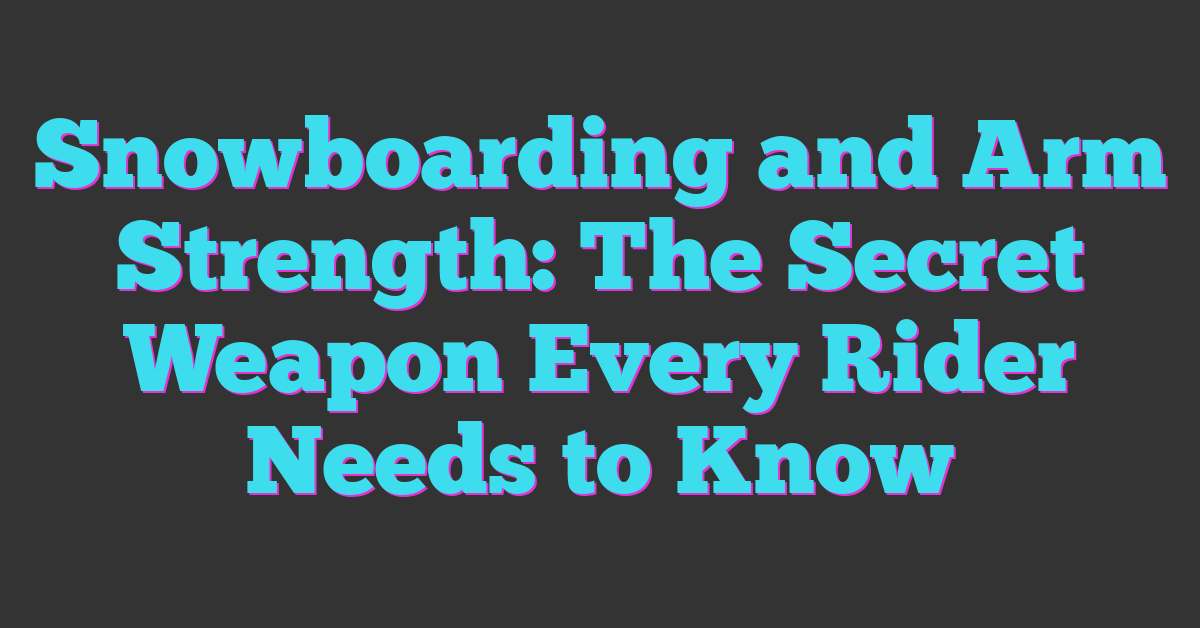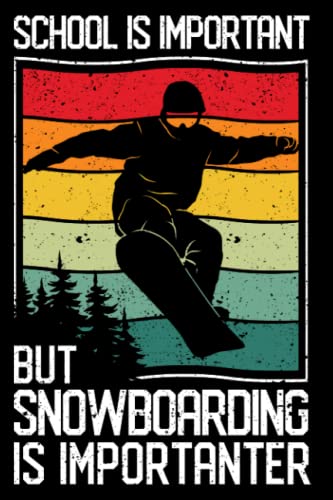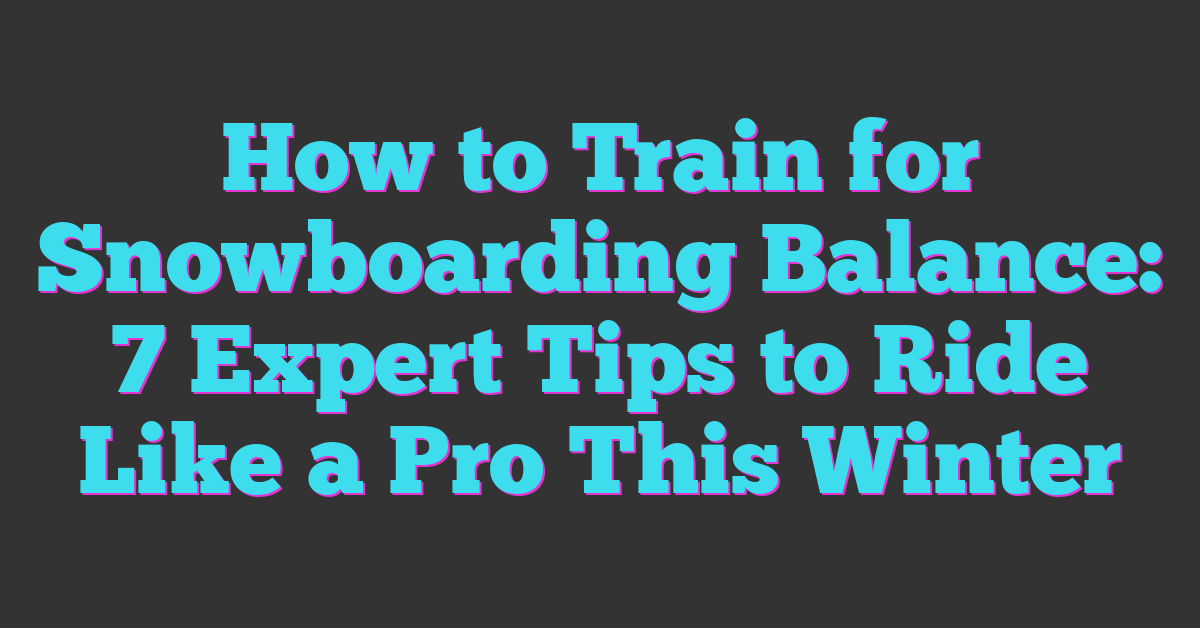Snowboarding is an exciting way to enjoy the slopes, but it’s not just about your legs and balance. Your arms play a bigger role than you might think. Whether you’re pushing off, catching yourself during a fall, or maintaining control, strong arms can make a big difference.

Building arm strength can boost your confidence and help you ride longer without feeling worn out. Plus, it can reduce the risk of injuries, keeping your winter adventures safe and fun. Let’s dive into how your arm muscles support your snowboarding skills and what you can do to power up those arms for the next ride.
The Importance of Arm Strength in Snowboarding
Your arms play a crucial role in snowboarding beyond just looking good on the slopes. Developing arm strength boosts your overall control and safety while carving through snow.
How Arm Strength Affects Balance and Control
Strong arms help you push off from flat surfaces and edge transitions with more power. You use your arms to steady yourself when riding tricky terrain or navigating icy patches, which improves your balance. If you catch an unexpected slip, your arms help absorb the impact and keep you upright. Incorporating exercises that target your biceps, triceps, and forearms enhances your ability to control your snowboard and respond quickly to changing conditions.
Preventing Injuries Through Proper Strength
Building arm strength reduces the strain on smaller muscles and joints, lowering your risk of common snowboarding injuries like wrist sprains and shoulder strains. When you fall, strong arms help you break the fall smartly, preventing fractures or dislocations. Conditioning your arms with resistance training and flexibility work conditions the muscles and tendons to endure the physical demands of snowboarding. Staying strong means safer rides and more time enjoying your favorite winter sport.
Key Arm Muscles Used in Snowboarding
Your arms play a crucial role in snowboarding beyond just helping you balance. Understanding which muscles engage during your ride helps you target them for better performance and injury prevention.
Forearms and Grip Strength
Your forearms control your wrist and hand movements, essential for gripping your board and using poles if you cross-country ski. Strong forearms improve your ability to stabilize during sharp turns and sudden stops. When you fall, gripping tightly while pushing off the snow helps you maintain control and recover faster. Training your forearm muscles enhances endurance so you can ride longer without fatigue.
Biceps, Triceps, and Shoulder Stability
Your biceps and triceps power arm movements needed for pushing off at the start, adjusting your stance, and breaking your fall. Balanced strength in these muscles supports shoulder stability, protecting your joints during twists and impacts. Strong shoulders help absorb shocks when navigating rough terrain or icy patches. Working your biceps and triceps builds endurance for sustained arm engagement throughout a full day on the slopes.
Effective Exercises to Build Arm Strength for Snowboarding
Strengthening your arms improves your control and endurance on the slopes. Focus on exercises that target the key muscles used in snowboarding for the best results.
Resistance Training and Weightlifting
Prioritize exercises like dumbbell curls, tricep extensions, and shoulder presses to build arm muscle power. Incorporate rows and lat pulldowns to strengthen your back and shoulder stabilizers, which are crucial when balancing and absorbing impacts. Use moderate weights with 8 to 12 repetitions for 3 to 4 sets to develop strength without sacrificing endurance.
Bodyweight Exercises and Functional Movements
Include push-ups, pull-ups, and planks to enhance functional strength and core stability. Perform dips and mountain climbers to improve tricep and shoulder endurance, aiding in push-offs and falls. Combine dynamic movements like bear crawls and medicine ball throws to simulate the quick, reactive arm actions needed on the snow. These exercises boost your ability to respond fast and maintain control during runs.
Incorporating Arm Strength Training Into Snowboarding Routine
Building arm strength fits naturally into your snowboarding routine and enhances your performance on every run. Integrate focused workouts alongside your on-snow sessions to maximize control and injury prevention.
Warm-Up and Stretching Tips
Start every session by warming up your arms with dynamic movements like arm circles and shoulder shrugs to increase blood flow. Stretch your forearms, triceps, and biceps gently to maintain flexibility. For example, extend one arm forward with the palm facing up and pull back your fingers to stretch your forearm muscles. Consistent warm-ups prepare your muscles for the demands of snowboarding and reduce injury risks.
Combining Strength Training With On-Snow Practice
Schedule strength workouts on non-ski days or after shorter rides to let your muscles recover while still developing endurance. Use resistance exercises such as push-ups or dumbbell rows to strengthen your arms and mimic snowboarding motions. On the slopes, focus on engaging your arms during turns and jumps, consciously applying the strength gained from training. This combination reinforces muscle memory, boosts your stamina, and sharpens your control in challenging terrain.
Monitoring Progress and Avoiding Overtraining
Tracking your arm strength development keeps your snowboarding skills sharp without risking injury. Balancing workouts and rest avoids burnout and maximizes gains.
Signs of Overuse Injuries
Watch for persistent soreness in your wrists, elbows, or shoulders that doesn’t improve after rest. Noticeable swelling, sharp pains, or reduced grip strength also signal overuse. If you experience tingling or numbness in your hands during or after sessions, your muscles or nerves may be stressed. Catching these signs early helps you adjust training before serious injury happens.
Recovery and Rest Strategies
Prioritize rest days between intense arm workouts to let your muscles heal and rebuild strong. Use gentle stretching and foam rolling to ease tight spots without overloading muscles. Applying ice after sessions reduces inflammation when soreness peaks. Stay hydrated and fuel with protein-rich foods to support muscle repair. If fatigue lingers, reduce workout intensity or duration to prevent setbacks. Listening to your body’s signals ensures you stay on track and ride stronger every time.
Conclusion
Building your arm strength isn’t just about looking good—it’s a game changer for your snowboarding experience. When your arms are strong and ready, you’ll feel more confident tackling tough runs and handling unexpected falls.
Remember to listen to your body and give yourself time to recover. With consistent training and smart rest, you’ll notice better control, less fatigue, and fewer injuries on the slopes.
So, keep those arms active and make them part of your snowboarding routine. You’ll ride stronger, longer, and with more fun every time you hit the mountain.
















